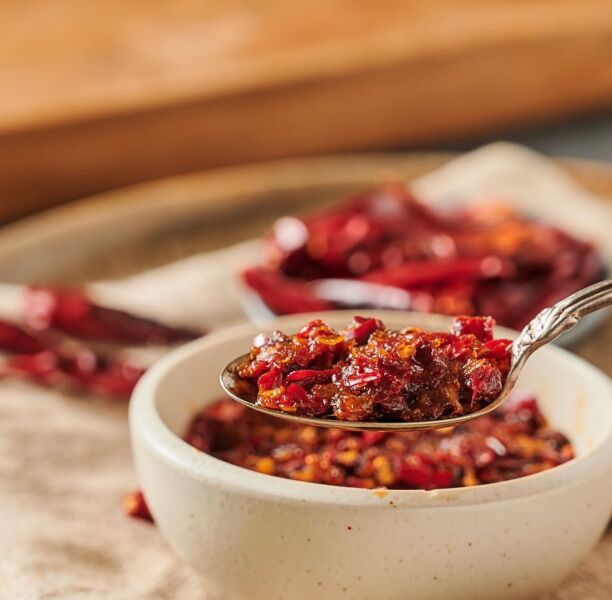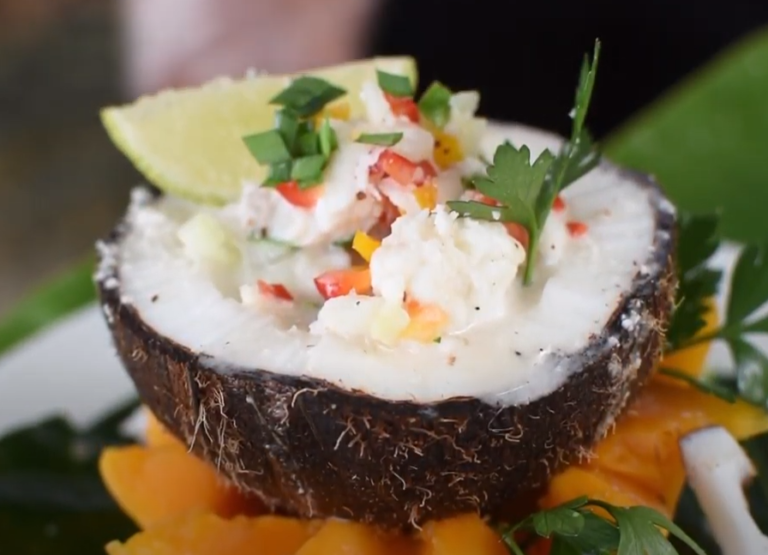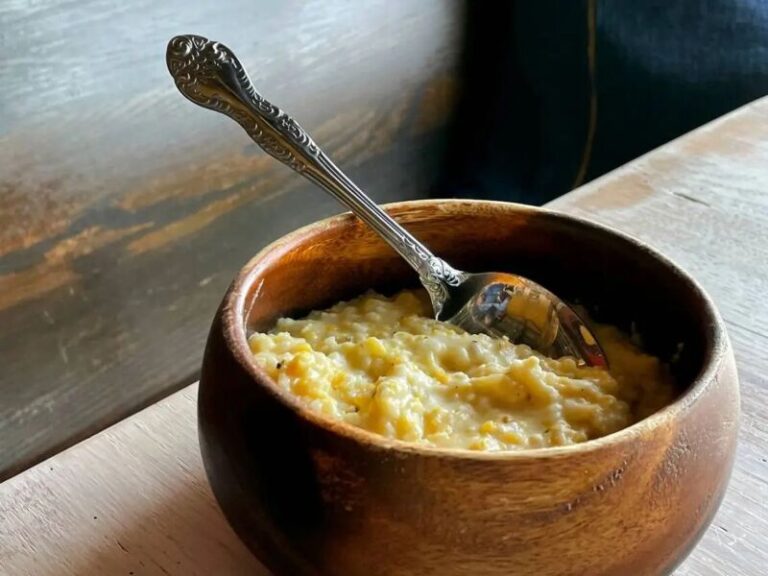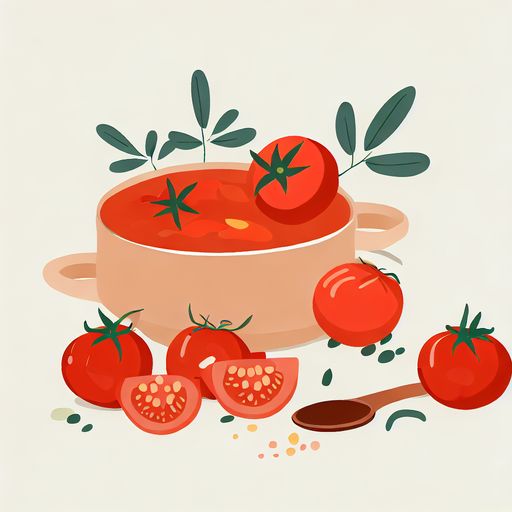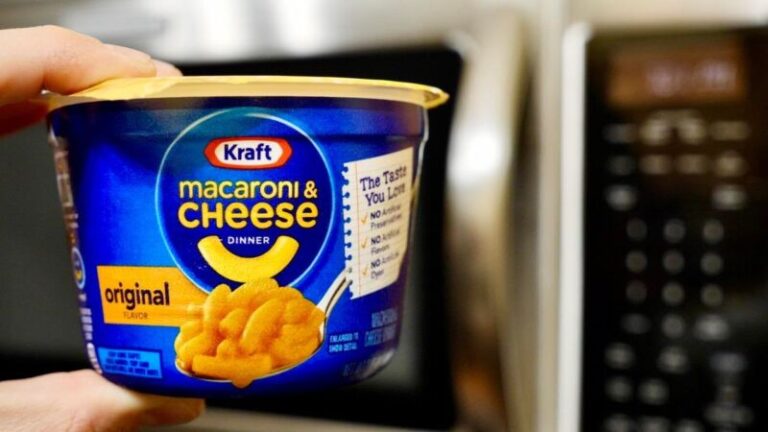The 5 Best Chili Paste Substitutes For Any Dish
Chili paste is a versatile condiment used across many cuisines. With its spicy, savory flavor, it can add a robust kick or subtle heat to various dishes. But what if you don’t have chili paste on hand or need an alternative for dietary reasons? luckily, numerous substitutes can step in to replicate that chili paste magic.
In this article, we’ll explore what makes these substitutes work so well, provide tips for substitution success, and share a list of the top 16 chili paste stand-ins. Read on to discover how to elevate your cooking, even without chili paste.
Why Do These Substitutes Work?
What enables these chili paste alternatives to mimic its flavor profile so effectively? Here are some of the key qualities that make them great substitutes:
Quick and Convenient Options
Many of these substitutes are kitchen staples or readily available condiments. Having a chili paste substitute already in your pantry saves time and effort compared to tracking down chili paste itself.
Flavor and Heat Enhancement
The substitutes recommended not only replicate chili paste’s signature spiciness but also provide their own complex flavors. Combining substitutes creates multidimensional heat with flavor depth.
Versatility in Dishes
Each substitute can complement various dishes across cuisines. Their adaptability allows home cooks to use them creatively in marinades, stir-fries, dipping sauces, and more.
Substitution Tips
- Start with less substitute and adjust upward based on your preferred spiciness.
- Consider the flavor profile and assess if it will complement the dish.
- Pay attention to how the substitute combines with other ingredients.
Now that you know why these substitutes are so effective, let’s examine exactly what chili paste is and how it’s used.
What Is Chili Paste?
Chili paste is a thick, spicy condiment used in many Asian and Southeast Asian cuisines. It typically consists of ground chili peppers, vinegar, oil, garlic, and other seasonings.
The spiciness of chili paste depends on the type and amount of chili peppers used. Common peppers include cayenne, jalapeño, serrano, and Thai bird’s eye chilis. More peppers means more heat!
Some popular types of chili paste include:
- Sambal oelek: Made of ground chilis without additional seasonings
- Gochujang: Fermented Korean chili paste with sticky, sweet notes
- Sriracha: Tangy chili paste including garlic and vinegar
- Harissa:North African spice blend with smoked chili peppers
Now that you understand what chili paste is, let’s look at the many ways it can be used.
Uses of Chili Paste
Chili paste brings its trademark spicy flavor to dishes across cuisines. Here are some popular uses:
Dipping Sauces and Marinades
Mix chili paste with soy sauce, vinegar, garlic, or honey to make a quick dipping sauce or marinade. The chili paste provides a spicy backbone amped up by additional ingredients.
Glaze for Roasted or Grilled Meat
Brushing chili paste on chicken, pork, beef, fish, or veggies before roasting or grilling adds an addictive spicy-sweet glaze. Chili paste also works as a meat marinade.
Stir-Frying Vegetables or Noodles
Add chili paste to stir fries for spicy vegetables or noodles. It infuses an extra layer of flavor into classic stir-fried dishes.
Chili paste is extremely versatile, but sometimes substitutions are necessary. Let’s look at why you may need alternatives.
Why You Need Chili Paste Substitutes
Here are some reasons why chili paste substitutes can be useful:
Dietary Restrictions
For those avoiding certain ingredients, substitutes provide flavorful chili paste-inspired choices. If you can’t have soy sauce, opt for hot sauce and ketchup.
Flavor Diversity
While chili paste offers its own distinctive taste, substitutes introduce new dimensions like smoky, tangy, or sweet. Varying substitutes keeps cooking exciting.
Availability and Convenience
Chili paste may not be a staple in every pantry. Having quick substitutes allows home cooks to still make tasty dishes.
Now let’s get into the list of the best stand-ins for chili paste!
List of 5 Best Substitutes for Chili Paste
1. Make Your Own Homemade Chili Paste
The best way to replicate the flavor of chili paste is to make your own homemade version. With just a few simple ingredients and steps, you can whip up a batch to have on hand anytime.
Ingredients:
- Fresh chili peppers (such as jalapeño, serrano, cayenne, etc.)
- Olive oil or vegetable oil
- Garlic cloves
- Salt
- Spices like cumin or five-spice powder (optional)
Instructions:
- In a food processor, combine the fresh chili peppers, garlic cloves, and a small amount of oil. Process until it forms a smooth paste, scraping down sides as needed.
- Heat additional oil in a saucepan over low heat. Add the chili paste and cook for 2-3 minutes until fragrant.
- Remove from heat and mix in salt and any other seasonings. Adjust to taste.
- Transfer homemade chili paste to a glass jar or storage container. It will keep for up to 2 weeks refrigerated.
For an authentic chili paste flavor, I recommend watching video tutorials of how it’s made in Asia. The process of slowly cooking down the chili peppers results in a sweet, smoky flavor. But even a quick food processor method captures the general spiciness.
2. Use Red Pepper Flakes
If you don’t have fresh chili peppers on hand, dried red pepper flakes make an easy chili paste substitute. They pack a lot of heat and are commonly found in the spice aisle.
Sprinkle red pepper flakes onto dishes as a seasoning to add spice. You can also turn them into more of a paste consistency by adding a few extra ingredients.
- In a bowl, mix 1/4 cup red pepper flakes with 1 Tbsp soy sauce, 1 tsp sugar, and a small amount of oil or water until it forms a thick paste.
The touch of sweetness from sugar and savoriness from soy sauce approximate the flavor of chili paste. Use this quick homemade red pepper paste anywhere you would normally use chili paste.
3. Swap With Sriracha Or Other Hot Sauces
Hot sauces like sriracha make excellent stand-ins for chili paste thanks to their spicy chili flavor.
The main difference between the two is that hot sauces have a thinner, vinegar-based consistency whereas chili paste is thicker. But in terms of spicy flavor, they work nicely as substitutes.
Out of all the hot sauces, sriracha is my first choice to replicate chili paste. It has a thicker, richer texture that more closely resembles the paste. I find it to be less vinegary than other hot sauces too.
Start by replacing chili paste with sriracha in a 1:1 ratio. You may need to reduce the amount of liquid in the recipe since sriracha contains more vinegar. It makes a great substitute in stir frys, noodle dishes, dipping sauces, and more.
4. Make Chili Ketchup
Ketchup has a naturally thick, spoonable texture just like chili paste. By spicing it up, ketchup makes for an easy substitute.
To give ketchup a chili paste flair, simply mix in cayenne pepper and other dried chilis.
- In a bowl, combine 1 cup ketchup with 1/2 to 1 tsp cayenne pepper, 1 tsp ancho chili powder, and a pinch of red pepper flakes.
Adjust the amount of cayenne to reach your desired level of heat. The spices blend nicely with the tomato flavor of ketchup.
Use this homemade chili ketchup anywhere you would use chili paste. It’s great for stir frying meats and vegetables or making dipping sauces.
5. Whip Up Spicy Tomato Paste
My last recommendation for replicating chili paste is to start with tomato paste. Adding chili powders and red pepper flakes gives tomato paste a nice heat level similar to chili paste.
- In a bowl, mix 1/3 cup tomato paste with 1 tsp ancho chili powder, 1/2 tsp cayenne pepper, and pinch of red pepper flakes.
The consistency of tomato paste is thicker than chili paste, so you may need to thin it out with a bit of water or oil. Keep in mind that tomato paste has more noticeable tomato flavor compared to chili paste. But it adds great spice!
Use this tomato paste mixture anywhere you want extra heat and thickness. It’s perfect for simmering in sauces, spreads, and marinades.
Tips: Factors to Consider When Choosing Substitutes
Here are some key points to get the best results when substituting:
Heat Levels
Consider the spiciness of the substitute and start with a smaller amount if very hot. You can always add more!
Flavor Profile
Assess whether the substitute’s flavor characteristics will complement your dish. Romesco sauce fits Mediterranean cuisine while gochujang suits Korean.
Substitution Ratios
Begin substituting less chili paste than the recipe states, like 1 teaspoon substitute for 1 tablespoon chili paste. This prevents overpowering spice.
Pairing with Dishes
Certain substitutes work better for specific dishes. Salsa makes sense in a taco bowl or burrito filling while harissa suits Moroccan tagines.
Key Takeaways: Chili Paste Substitute
- Chili paste is a spicy condiment used across Asian and Southeast Asian cooking. It contains chili peppers, vinegar, garlic, oil and other seasonings.
- You may need substitutes due to dietary restrictions, wanting flavor variety, or convenience.
- Effective substitutes include combinations like hot sauce and ketchup or chili-based sauces like sriracha, gochujang, and harissa.
- Consider heat level, flavor profile, ratios, and pairing dishes when choosing substitutes.
With this guide, you now have all the essentials for replicating chili paste’s signature flavor using handy ingredient swaps you likely have on hand. Get ready to add some delicious heat to your cooking even without chili paste!
